Article and photos: HA VAN
According to experts, the export market for tra fish is at a low point. Tra fish farmers are reducing stocking while balancing supply and demand, regulating production to overcome difficulties...
Pangasius fish processing for export of a business in Thot Not district.
In the Mekong Delta, by early June 2023, many pangasius farming areas had reduced their stocking areas. The reason was that in the first months of the year, pangasius prices fluctuated greatly, and commercial pangasius could not maintain its high price of over 30,000 VND/kg. With this price threshold (over 30,000 VND/kg), the commercial pangasius farming industry is considered profitable and creates peace of mind for farmers to maintain fish stocks in ponds, and is able to cope with the cost of fingerlings and the rising price of aquatic feed. However, currently, factories purchase from 27,500-28,000 VND/kg, below the cost price of pangasius farmers, leading to farmers not making a profit, even losing from 1,000-2,000 VND/kg.
Mr. Phuong, a fish farmer with many years of experience in Cu Lao Tan Loc, Thot Not District, Can Tho City, said: “Over the past 2 months, some experienced pangasius farmers along the Hau River have had to temporarily stop farming. Some people have temporarily “suspended their ponds” and returned some rented ponds. The reason is that the price of pangasius has dropped, farmers have no profit, or even losses due to having to rent ponds. Looking at the reality, professional fish farmers, although having enough conditions, being granted farming area codes, and farming techniques that meet export standards, still face disadvantages. Especially the increased cost of input materials and poor quality of fish fry have caused a high loss rate, putting pressure on the cost of fish farming. In the end, we still hope that the export market will move more positively...”.
Thot Not has the largest pangasius farming area in Can Tho City. However, the pangasius farming area is also gradually decreasing due to unstable prices. Currently, Thot Not district has a total aquaculture area of over 338 hectares, reaching 79.6% of the plan, down 36.56 hectares compared to the same period in 2022. Of which, the pangasius farming area is 287.3 hectares (36.75 hectares lower than the same period in 2022), reaching 73.67% of the plan, the pangasius fingerling farming area is 17.6 hectares, the snakehead fish farming area is 1.3 hectares, catfish farming area is 3.88 hectares and 17 hectares of other fish farming area. In the first 5 months of 2023, the whole district harvested aquatic products with a total output of 42,475.6 tons, reaching nearly 41% of the plan, of which the harvested pangasius output was nearly 41,000 tons. Regarding the commercial pangasius farming area, Thot Not district currently has 169.56 hectares of 77 pangasius farming facilities that have been certified for food safety and hygiene, according to VietGAP, BAP, ASC standards... and have their products guaranteed. However, there are also individual pangasius farming households that sign purchase and sale contracts with processing enterprises when the fish reach commercial size, so the price is unstable and depends on the consumption market at each time, so sometimes the farming households do not make a profit. Currently, the cost of pangasius farming in the area is from 27,000-28,000 VND/kg, the price of raw pangasius ranges from 27,500-28,000 VND/kg, lower than the same period in 2022 by 4,000 VND/kg. At this price, farmers do not make a profit.
Many pangasius farmers still remember that 2022 was a year of success for the pangasius farming industry, with the production chain achieving impressive growth in all three aspects: farming area, output and export value. Total export turnover reached 2.4 billion USD, surpassing the peak of 2.26 billion USD in 2018. However, after a successful year, in the first months of 2023, pangasius exports reached 422 million USD (first 3 months of 2023), down more than 35% compared to the same period in 2022. According to the Vietnam Association of Export Processing and Exporters (VASEP), due to global food inflation, there is still a lot of inventory at retailers. As a result, demand and import prices in some major markets decreased, leading to a decrease in pangasius export sales in the first quarter of 2023 of enterprises compared to the same period last year. Many tra fish processing and exporting enterprises in Tra Noc Industrial Park, Can Tho City also commented: The quality of Vietnamese tra fish products is good, competitive, so they are accepted by many markets in the world. However, in the context of the world economic recession at the beginning of the year, some major import markets such as China, the US, and the EU have declined, affecting the tra fish industry in the Mekong Delta. While the EU and US markets have not recovered, the market for exporting tra fish fillets to China accounts for about 40%. However, the import market of this country sometimes increases or decreases suddenly and consumer demand changes. Previously, the Chinese market consumed small butterfly tra fish of 500-600 grams/fish. In the summer, in the provinces of Shanxi and Chengdu, tra fish for hot pot was preferred. But in the past 2 years, the Chinese market no longer buys small sizes and often imports of tra fish increase in the last months of the year.
According to Anh Phuong and many experienced pangasius farmers in Cu Lao Tan Loc and the Mekong Delta region, having experienced many ups and downs, accepting the "storms" when joining the pangasius industry chain with strong market sensitivity, many people still find ways to open new consumption routes. Especially when the market is unstable, the export price of pangasius is low, fish farmers temporarily open local processing factories - processing fresh food, making dried products, OCOP products to sell at fairs and major cities in the country...
Pangasius exporting enterprises predict that the economic crisis cycle will pass. Waiting for the market to recover requires solutions to hold on, regulate production, extend the season and reduce fish farming. In particular, recently, banks have reduced loan interest rates, which will create changes and resolve the lack of capital for enterprises to maintain production and business to welcome pangasius export opportunities in the last two quarters of 2023. In Can Tho City, especially Thot Not District, from now until the end of 2023, the locality will increase the collection of samples to monitor the aquaculture environment according to plan, support pangasius farmers to implement farming models according to food safety and hygiene standards; periodically inspect pangasius breeding facilities to maintain their commitment to safe and quality farming according to regulations; guide the application for registration of aquaculture in cages and the main aquaculture species is pangasius...
Source link


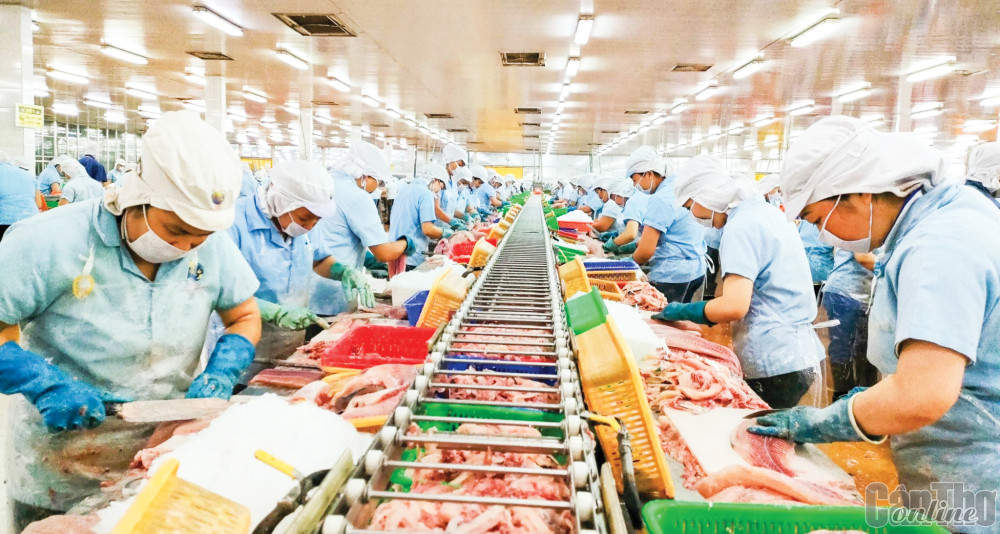

![[Photo] Students of Binh Minh Primary School enjoy the full moon festival, receiving the joys of childhood](https://vphoto.vietnam.vn/thumb/1200x675/vietnam/resource/IMAGE/2025/10/3/8cf8abef22fe4471be400a818912cb85)
![[Photo] Prime Minister Pham Minh Chinh chairs meeting to deploy overcoming consequences of storm No. 10](https://vphoto.vietnam.vn/thumb/1200x675/vietnam/resource/IMAGE/2025/10/3/544f420dcc844463898fcbef46247d16)

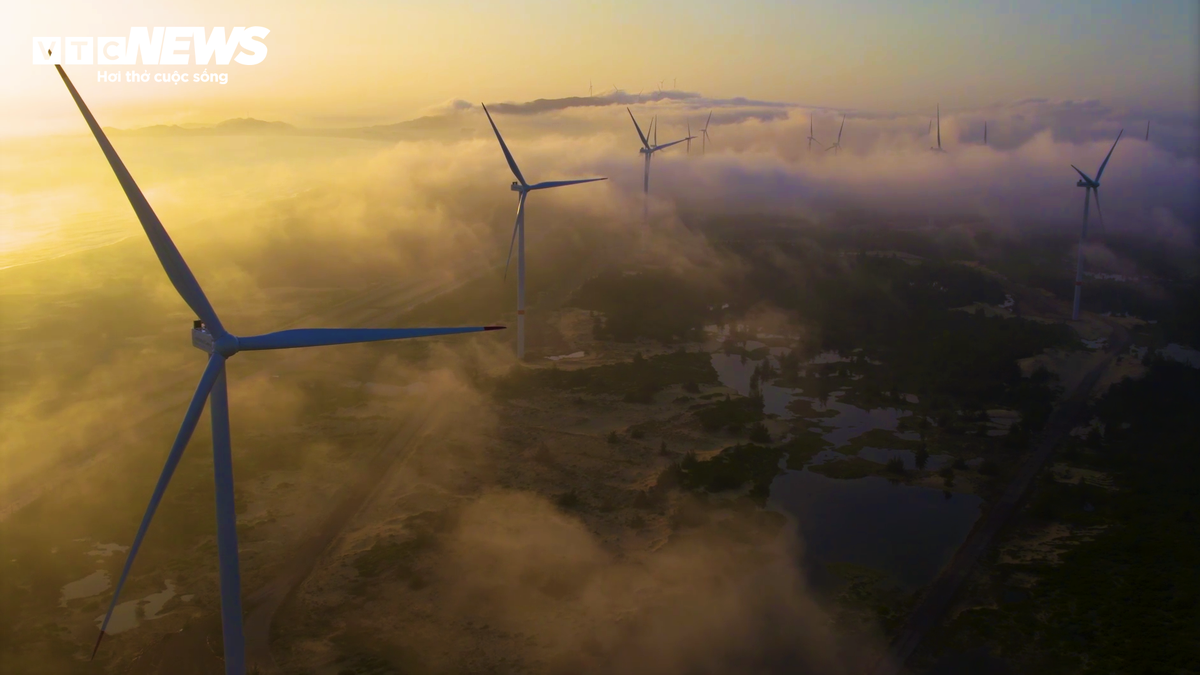
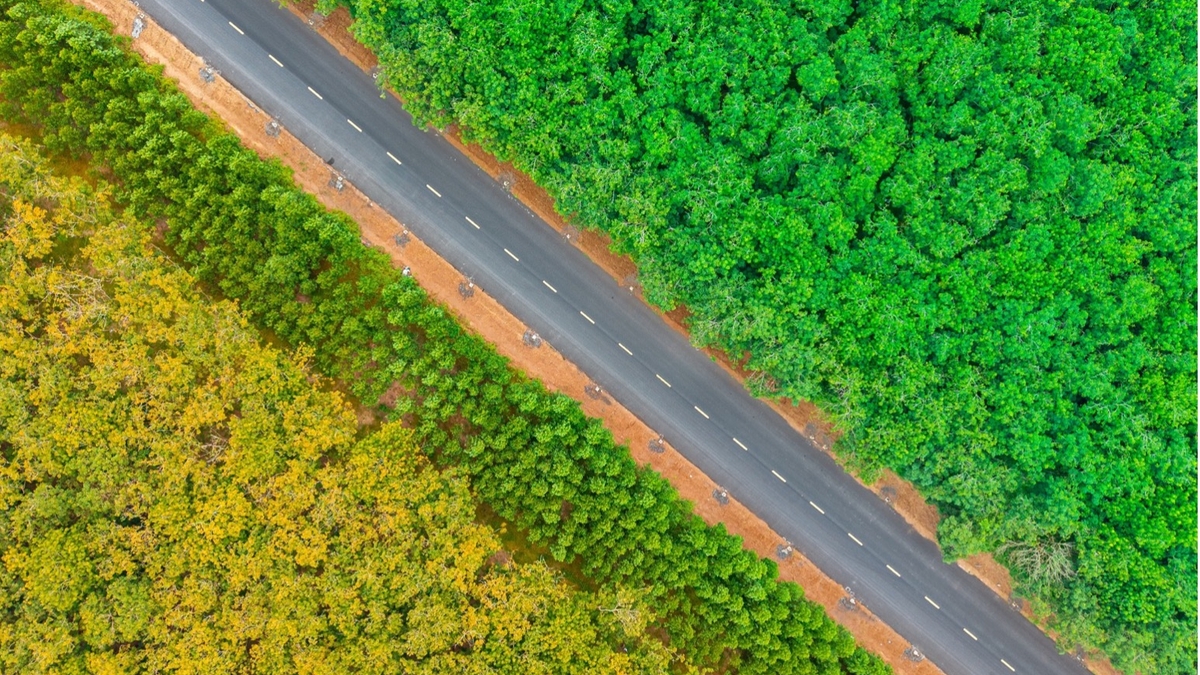
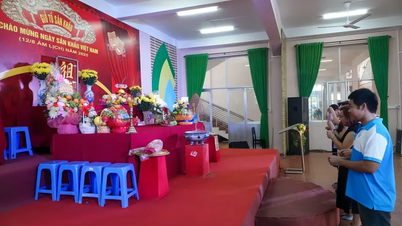

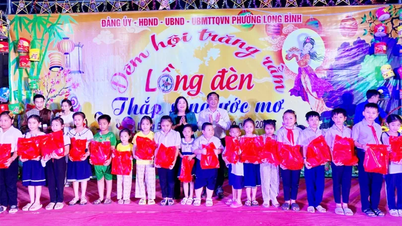





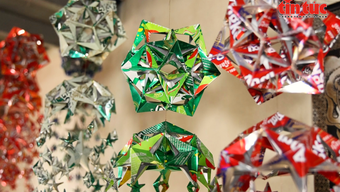

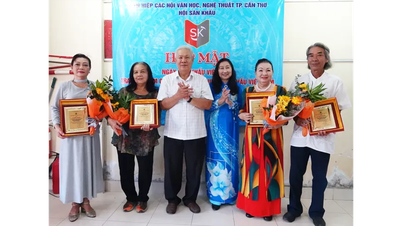
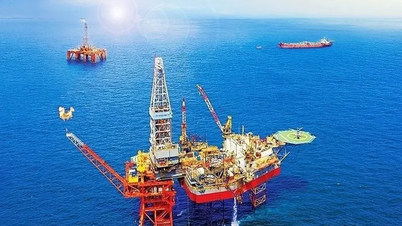

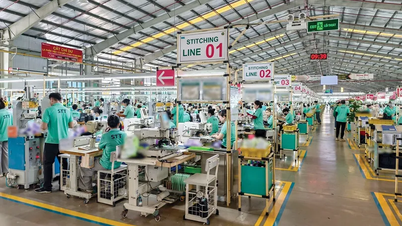

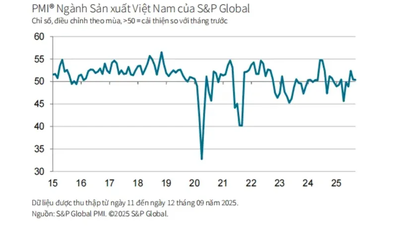

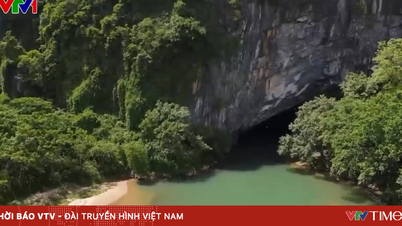





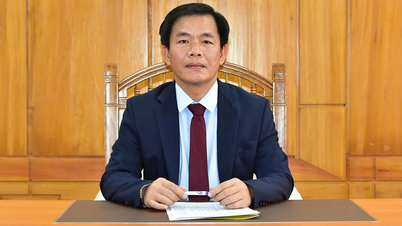

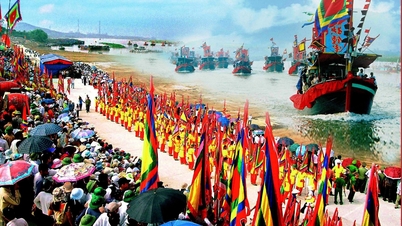





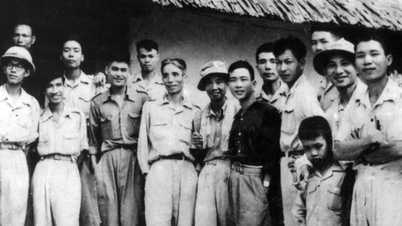

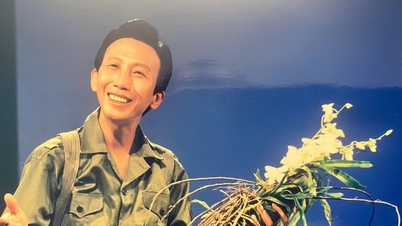

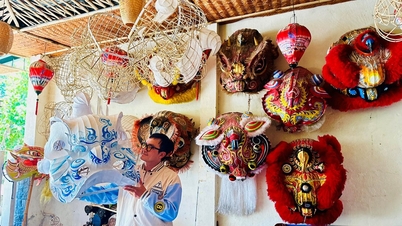

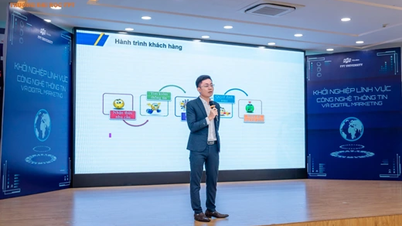

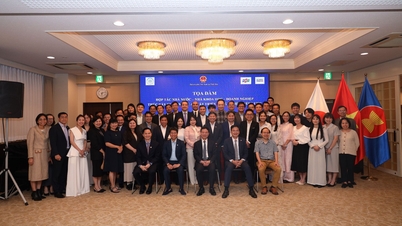



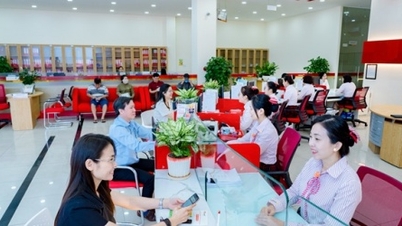








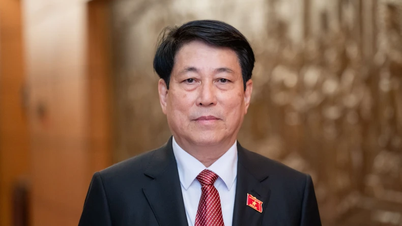





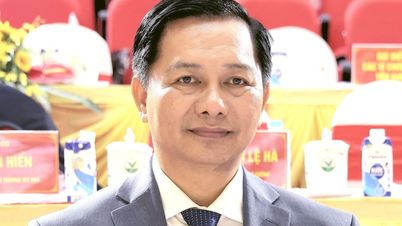
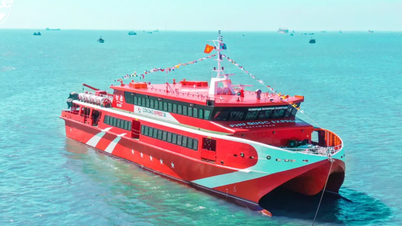

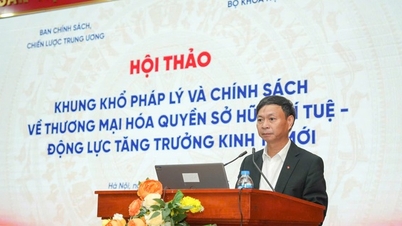




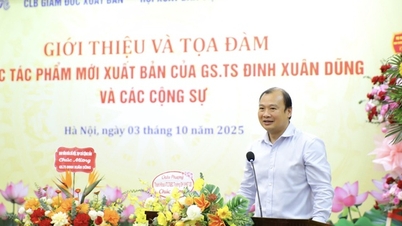





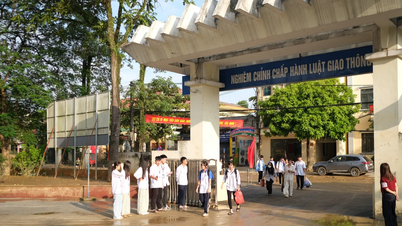

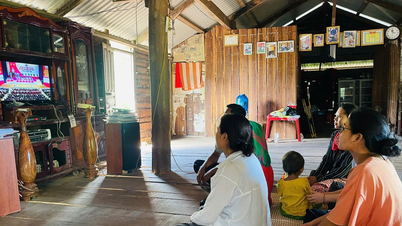

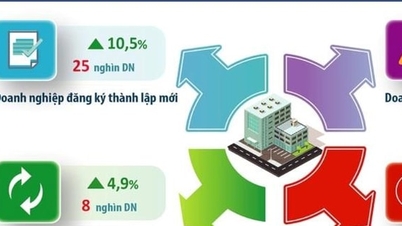

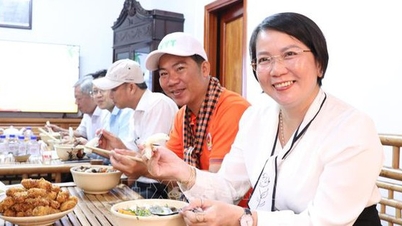





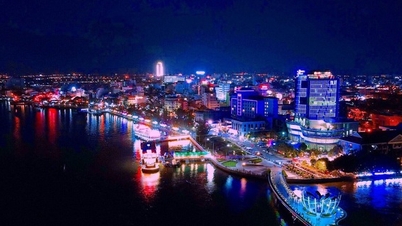




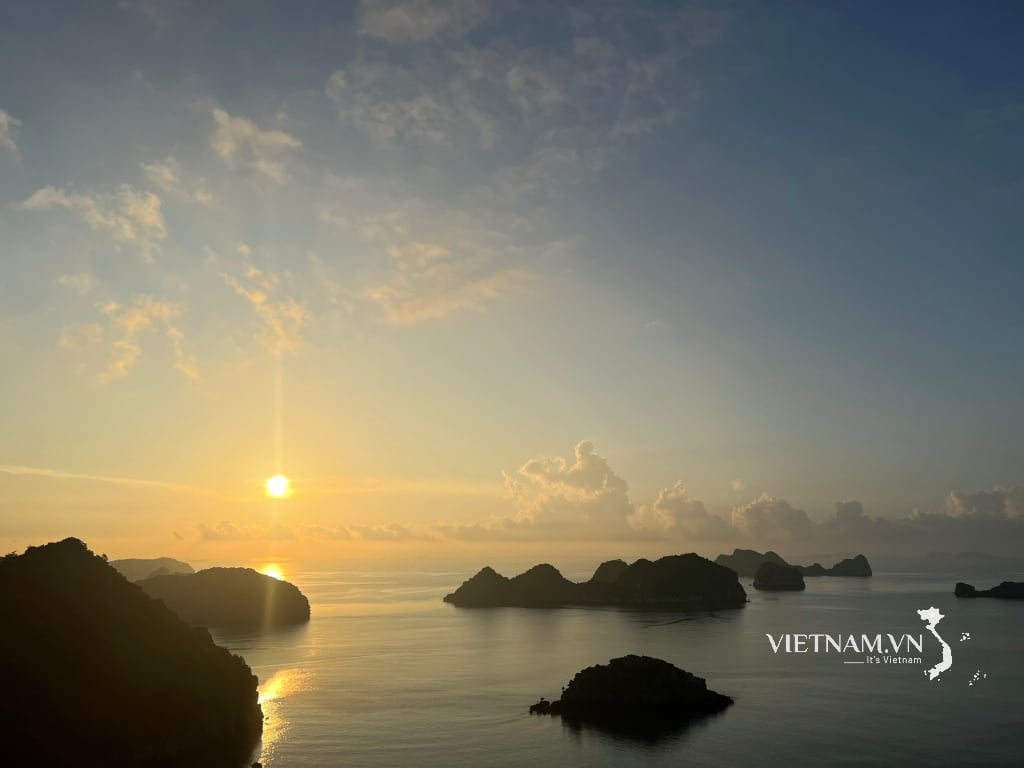
Comment (0)